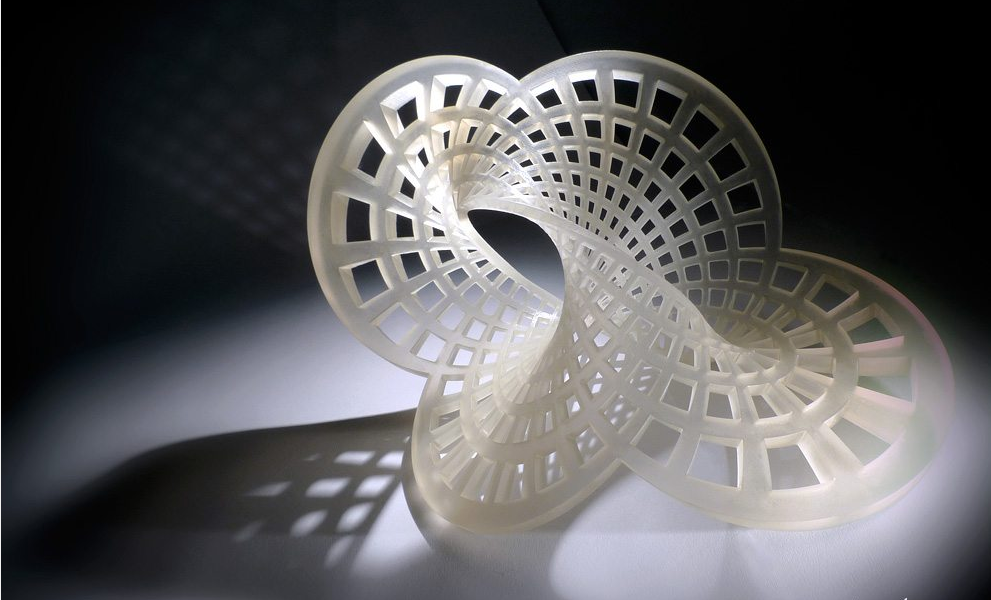We all know that nozzle is the most important component of Fused Deposition Molding (FDM) 3D printing equipment. It determines the quality of products. It is a part of the 3D printer that actually builds the part by extruding filament. There are several kinds of nozzles however most of them have a similar structure. The threaded end that connects with the heating block is generally an M6x1 thread.

The hexagonal surface of the nozzle is easy to disassemble including both large and small hexagons. You can get two types of nozzle mouth one is short and thick and another one with a long tip. The short and thick nozzle is known to flatten the filaments during the printing process which results in a smoother outer wall. On the other hand, the long tip nozzle mouth restores the print details during the printing process, especially the printing at the top of a curved surface.
To meet several printing accuracy needs, the nozzle diameters range from 0.1-2.0. Talking about the diameter of consumable available for nozzle selection, it is 1.75 and 2.85. The motive of precision is to abandon and change the large nozzle and just like that the motive of precision is to abandon speed and opt for the smaller one.
During the processing of the nozzle, take care of the roughness of the inner hole wall which generally ranges from 0.3-0.8 depending on the accuracy of the processing equipment as well as a product requirement. Nonetheless, the threaded end face must guarantee horizontal accuracy. The threaded end face should be sealed with the throat end face in order to eliminate the overflow of molten consumables. The performance and lifespan of the nozzle largely depend on the material and processing technology.
Nozzle parameter performance
The ability of a material to directly conduct heat is measured by thermal conductivity. A higher conductivity rate means faster heat transfer as well as shorter nozzle heating time. Furthermore, the coefficient of thermal expansion refers to the expansion and contraction of an object because of a temperature change. The lower coefficient of thermal expansion means smaller deformation of the object and similarly, the higher coefficient of thermal expansion means greater deformation of the object.
The hardness of Mohs determines the hardness of the object. A higher level of hardness of Mohs means a higher hardness of the material that is being printed. The highest temperature a nozzle can withstand is known as the maximum printing temperature. You can get brass, copper alloy, stainless steel, hardened steel, Jewel, tungsten carbide, titanium alloy, and vanadium 3D printing nozzles.
After determining the nozzle material, the next step is a surface treatment. It enhances the gloss and hardness of the nozzle surface, reduces the friction coefficient, and makes it difficult for the consumables to stick on the nozzle. It also includes DLC coating and tungsten disulfide coating.
We hope that you find the above information about 3D printing nozzles helpful. If any doubt comes to your mind pertaining to 3D printing in China, feel free to get in touch with the experts.
















